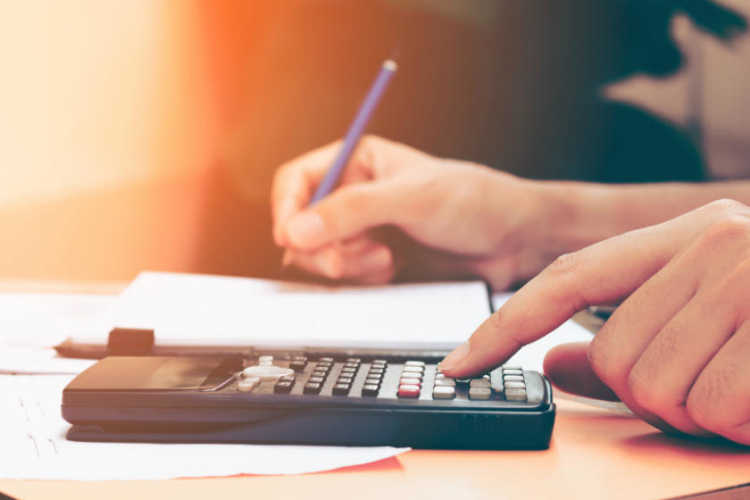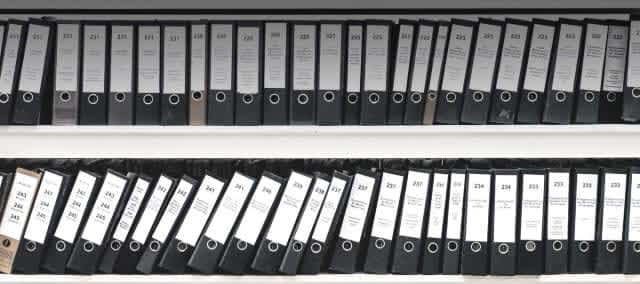The two main options if you have a defined contribution or money purchase pension are:
Buy an annuity
Go for pension drawdown
Here, we explain how each of these options work to help you decide which approach might be right for you.
How do pension annuities work?
A pension annuity is a contract with an insurance company which provides you with an income for life in return for your pension savings.
Your annuity income will depend on a number of factors, such as your health, age and lifestyle. You can also take 25% as a tax-free lump sum when you purchase the annuity.
If you have a lower life expectancy, there’s a pretty good chance an annuity will give you a higher annual income over a shorter period of time. However, if you are expected to live longer, you are likely to receive less income over a longer period of time. Any payments you receive from an annuity will be subject to income tax.
It’s important to remember that if you choose an annuity and you die soon after then the funds will stay with the provider. There are some exceptions to this such as a joint-life annuity or a guarantee period which may be worth looking at.
Joint-Life Annuities
Annuities with a guaranteed period provide an income for a minimum fixed term even if you die during this period. Joint life annuities are taken out with another person and guarantee that if one person dies, the surviving person will continue to receive a regular income for as long as they live.
What is Drawdown and how does it work?
When the time comes to use your pension, you can choose to put some or all of your retirement savings into a drawdown scheme. A drawdown scheme allows you to leave your pension funds invested; meaning you can continue to benefit from potential investment growth, but still be able to take money from it as and when you need it.
This is known as Flexible Access Drawdown (FAD). Unlike with an annuity, the money remains yours but you’ll pay annual charges on the amount of money that remains invested.
Pension drawdown will only be an option for you if you have a defined contribution (Pension scheme where the income in retirement depends on the value of your fund at your retirement age) or money purchase pension and you’re aged 55 or over (rising to 57 in 2028).
Pension drawdown access option
If you decide to access your retirement savings using drawdown, otherwise known as flexi-access drawdown or income drawdown, you’ll be able to take out 25% of the funds as a tax-free lump sum from the outset.
If you just take your tax-free cash from your pension, then you can continue to contribute up to £40,000 into your pension each tax year. However, once you start drawing money from your pension other than your tax-free cash, a lower £4,000 annual allowance applies.
There’s a second type of pension drawdown scheme available – the Uncrystallised Fund Pension Lump Sum. This essentially means rather than taking a 25% lump sum payment at the start, each time you draw down money from your pension, 25% of it will be tax free, and the other 75% of each payment will be subject to income tax.
Pros and cons of drawdown
The benefits of drawdown
Opting for drawdown can provide you with plenty of flexibility, as you can take out as much or as little you want. However, there’s a danger that if you take too much at once it might end up pushing you into a higher tax bracket. It’s important to point out that if you do take out too much at one time then you could find yourself stuck with a large tax bill.
One of the big benefits of pension drawdown is that when you die, any money left in your pot can be passed on to your family. If you die before you reach the age of 75, this money can be paid to them tax-free, but if you die after 75, they’ll usually have to pay income tax on it.
Your pension also remains invested while you are drawing from it, meaning your pension savings can continue to have the potential to grow in value during your retirement.
Drawdown money may also be protected from inheritance tax (IHT), as it’s considered to be outside your estate.
Drawdown disadvantages
Drawdown also comes with the risk of running out of money if you don’t manage what you’re withdrawing carefully. This means being reliant on the state pension, which will likely see a drop in your standard of living.
Your pension remains invested in the value of the drawdown and any income you receive can go down and up in value. Although you may benefit from any growth your pension can also drop in value.
Which is better, annuity or drawdown?
Whether you opt for drawdown or an annuity, or a combination of both, will depend entirely on your individual circumstances.
For example, if you want the security of a regular monthly income that won’t change, you might decide an annuity is right for you.
If, however, you think you want more flexibility over when and how much income you take, and are comfortable accepting that your pension’s underlying investments could fall as well as rise in value, you may prefer to go for pension drawdown.
Get pension advice
Choosing how you’ll take an income from your pension in retirement is a big decision and there are lots of options to choose from, so it’s vital to seek professional pension advice if you’re not sure which route to take.
An adviser can talk you through all the different things to consider and recommend the best course of action based on your requirements. For pension guidance you can Contact us or visit Pension Wise.



